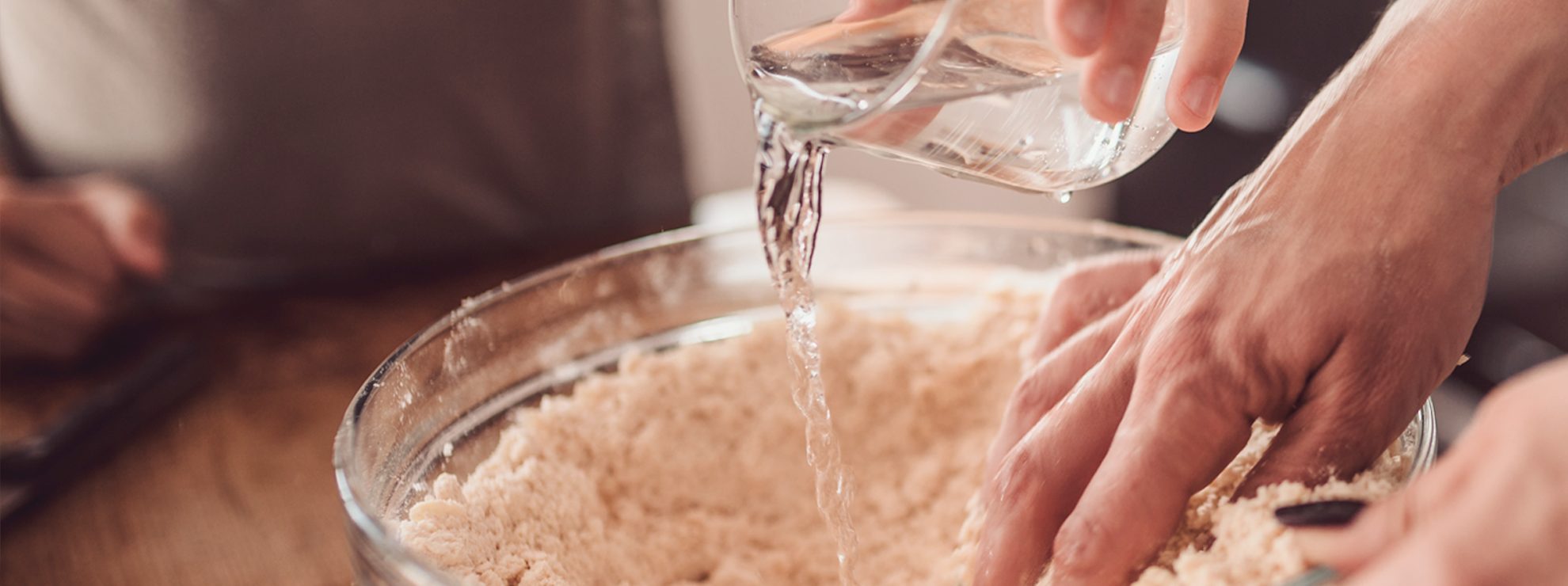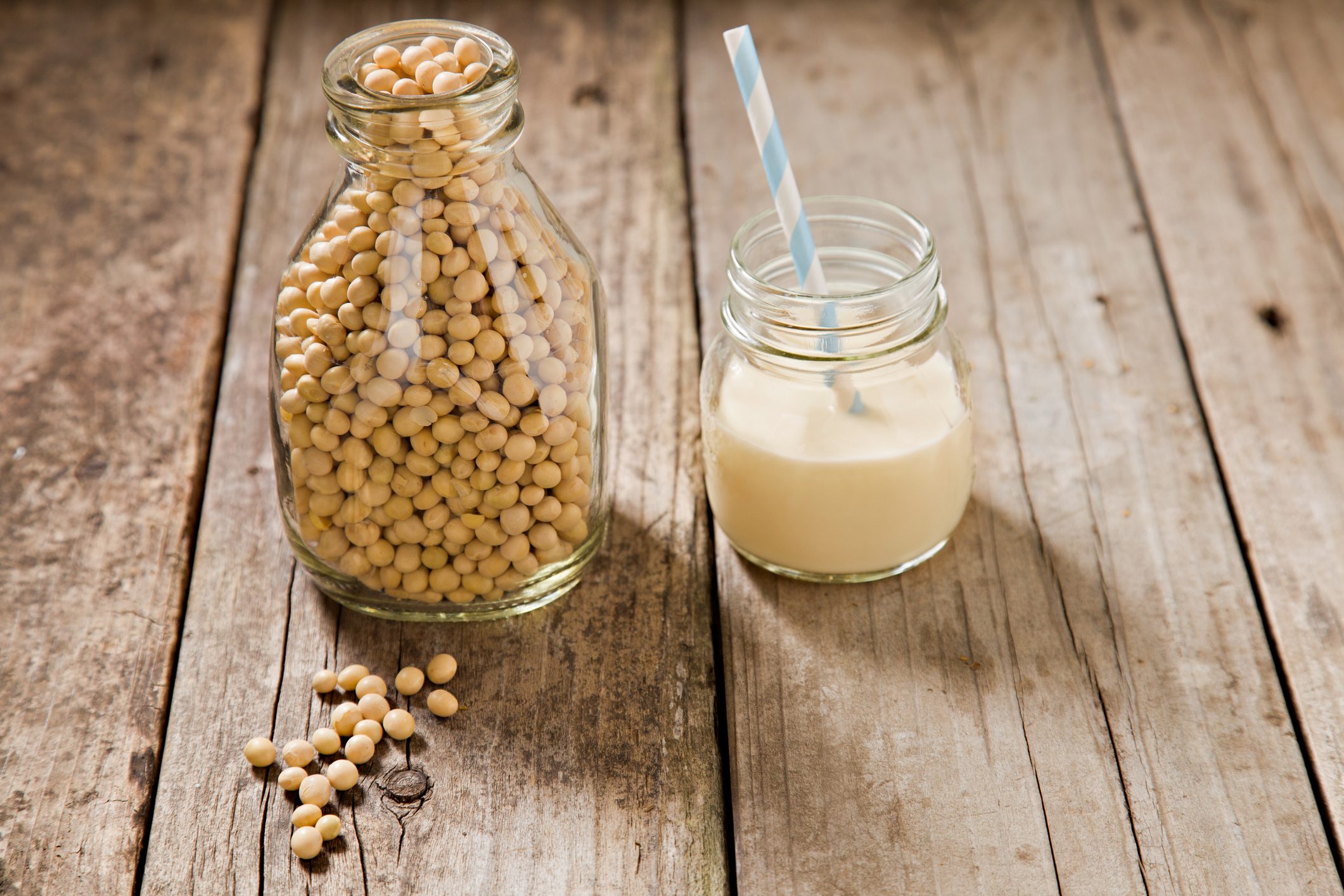Devil’s claw: properties, uses and side effects
Devil's claw is an excellent natural anti-inflammatory and painkiller, a medicinal herb widely used for the treatment of back pain, arthrosis, sciatica and more; thanks to its analgesic action it is also useful for relieving headaches. But let's find out more!
;)
Devil's claw is an excellent natural anti-inflammatory and painkiller, a medicinal herb widely used for the treatment of back pain, arthrosis, sciatica and more; thanks to its analgesic action it is also useful for relieving headaches. But let's find out more!
Devil's claw, the dialectal name of the harpagophytum (Harpagophytum procumbens), is a perennial plant native to southern Africa that belongs to the Pedaliaceae family. In traditional African medicine it has always been used to alleviate joint pain and to treat small wounds. In the early Twentieth century it arrives in Europe, and also here it is appreciated thanks to its anti-pain, anti-inflammatory and anti-rheumatic properties; therefore, it helps to give relief at a muscular and articular level. Moreover, this precious plant performs an analgesic action useful against headaches and menstrual pains and it helps reduce the absorption of bad cholesterol (LDL).
The devil's claw owes its name to the hooks that sprout from the fruit, these represent a trap for small animals; in fact, they cause wounds to the limbs that force them to "devilish" dances. The lateral growths of the tuberous root are the part of the plant that is richest in active ingredients, and these growths are used for the realization of herbal preparations. But let’s discover all the properties, uses and possible side effects of the devil's claw.
Healthy properties of devil's claw
The main properties of the devil's claw are due to particular active ingredients such as phytosterols that provide an anti-inflammatory action similar to that of cortisone, and the harpagoside substance that is able to counteracts the formation of some mediators of inflammation, such as prostaglandins which cause swelling and pain, performing also an analgesic and antipyretic action; therefore it brings benefits to the whole osteoarticular system.
Devil's claw is very effective in cases of tendinitis, cervical arthritis, headache, fever, menstrual pain, rheumatoid arthritis, sciatica, bruises, general cervical pain, arthrosis and arthritis: all situations that cause pain and inflammation. It can also be used as a digestive, to alleviate stomach ache and bile pains, then it plays a cholesterol-lowering action, that helps to lower the bad cholesterol (LDL) in the blood, and it is also useful in case of gout thanks to some bitter principles that stimulate the production of gastric juices and bile.
How to use the devil's claw: from the ointment to the mother tincture
The devil's claw can be used in the form of ointment, teas and decoctions, and also tablets and mother tincture. You must use the secondary roots of the plant, which can reach a weight that exceeds 500 grams; once collected, they are minced and used for the different formulations. The most popular and used application is cream, which can also be found in gel or as an unguent; it is applied locally on the inflamed or painful areas and it contains about 10% of active ingredient. It is used in case of minor traumas but also after sports activity, with a relaxing action; it is applied at least twice a day. In case of disorders that cause swelling or edema, it is instead recommended ointments based on arnica, another natural painkiller; this plant is indeed rich in active ingredients that reduce the swelling and reactivate the microcirculation.
Another widely used formulation is the dry extract, in the form of tablets or capsules to be used in case of joint, muscular and neuralgia pains; in fact they perform an analgesic action. The recommended daily dose ranges from 600 to 1200 mg, according to the indications of the herbalist or the doctor, to be taken on a full stomach for about 10-15 days a month. This cycle must be repeated after one month in case of persistent pain; but also in this case consult your doctor first. Instead of the capsules it is possible to use the mother tincture, which can be combined with the cream for a broader use; the recommended dose is 30 drops twice a day diluted in a little water, a dose to be established together with the herbalist and the doctor.
The devil's claw in the form of tisane, infusion or decoction is useful in case of poor digestion, headache and menstrual pain. To prepare the tisane, put a spoonful of root powder in a cup of boiling water for a few minutes and drink it twice a day. For the preparation of the decoction use two teaspoons of chopped root in a cup of boiling water and leave to infuse for about 5 hours. You can then consume it up to three times a day.
The effects of the devil's claw can be seen after about a week. Anyway, treatments with this plant should not exceed two months, as devil’s claw may cause addiction. Before using any formulations, consult the herbalist or the doctor who will advise you on the dosage, methods and timing of administration.
Side effects
The devil's claw is not recommended for those suffering from diabetes and who already take specific medicines, and for those suffering from gastritis, duodenal ulcer and gastroesophageal reflux, as it stimulates gastric secretion. The devil's claw is also not recommended in cases of hypertension or high blood pressure; it reduces the production of nitric oxide, a vasodilator. Topical use of ointment, gel or unguent may cause allergic reactions in those predisposed with the appearance of redness in the treated areas.
The devil's claw is not advised during pregnancy and lactation and its use is not recommended in case of therapy with anticoagulants, hypotensive, antiarrhythmics (beta-blockers) and oral hypoglycemic agents. The use in combination with non-steroidal anti-inflammatories, moreover, could increase their gastritis, due to the increase of gastric secretion.
;Resize,width=767;)
;Resize,width=712;)
;Resize,width=712;)
;Resize,width=712;)
